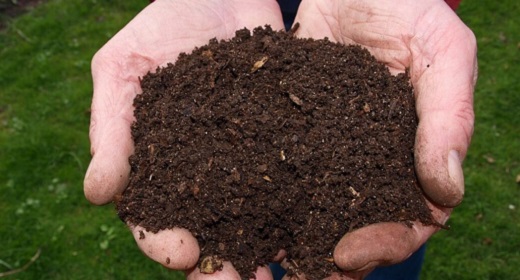Wildfires and climbing temperatures have caused a 6.7 percent decline since 1985…
The State of California is banking on its forests to help reduce planet-warming carbon dioxide in the atmosphere. But that element of the state’s climate-change solution arsenal may be in jeopardy, as new research from the University of California, Irvine reports that trees in California’s mountain ranges and open spaces are dying from wildfires and other pressures — and fewer new trees are filling the void.
“The forests are not keeping up with these large fires,” said study co-author James Randerson, the Ralph J. and Carol M. Cicerone Professor of Earth system science at UCI. Across the entire state, tree cover area has declined 6.7 percent since 1985. “These are big changes in less than four decades,” he said.
It’s the first time that researchers have been able to measure tree population declines in California, and attribute the changes to such pressures as wildfires, drought stress and logging.
For the study, the UCI-led team used satellite data from the USGS and NASA’s Landsat mission to study vegetation changes between 1985 and 2021. They found that one of the starkest declines in tree cover was in Southern California, where 14 percent of the tree population in local mountain ranges vanished, potentially permanently.
“The ability of forests to recover from fire appears to be dwindling in the south,” said Jonathan Wang, a postdoctoral researcher in Randerson’s research group, who led the study published in AGU Advances. “At the same time, the state’s coverage of shrubs and grasses is rising, which could foreshadow more permanent ecosystem shifts.”
The rate and scale of decline varies across the state. Tree cover in the Sierra Nevada, for instance, stayed relatively stable until around 2010, then began dropping precipitously. The 8.8 percent die-off in the Sierra coincided with a severe drought from 2012 to 2015, followed by some of the worst wildfires in the state’s history, including the Creek Fire in 2020.
Fortunately “in the north, there’s plenty of recovery after fire,” said Wang, perhaps because of the region’s higher rainfall and cooler temperatures. But even there, high fire years in 2018, 2020 and 2021 have taken a visible toll.
The tree decline has also affected carbon storage abilities in the state, said Randerson, who added that the next step is to precisely quantify the impact on forests’ ability to absorb anthropogenic carbon dioxide. Co-author Michael Goulden, a UCI professor of Earth system science and director of the Center for Ecosystem Climate Solutions, is using the data to understand how changes in forest cover are affecting water resources, carbon storage and fire behavior across the state.
“This threat to California’s climate solutions isn’t going away anytime soon,” Wang said. “We might be entering a new age of intense fire and vulnerable forests.”
Collaborators include Clarke Knight and John Battles from UC Berkeley. The research was supported by California’s Strategic Growth Council and the UC National Laboratories grant program, along with long-term funding from NASA and the U.S. Department of Energy’s Office of Science.









































